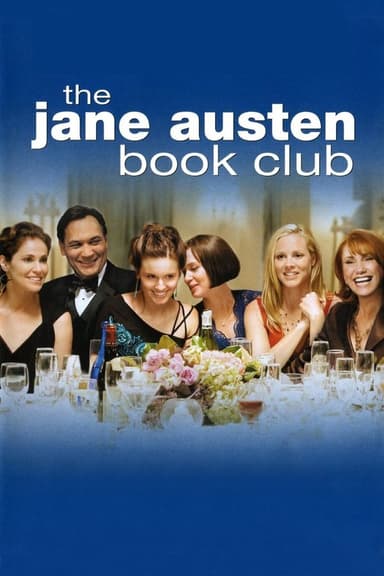
This Is My Life
1992 • Comedy, Drama • R
Single mom Dottie Ingels sells cosmetics in a department store, but she dreams of being a comedian. When she inherits some money, she takes the chance and moves with her two children Erica and Opel to New York to perform in small bars. Soon her agent Arnold Moss makes her famous, but while she travels all over USA, her children stay home lonely.
Runtime: 1h 35m
Why you should read the novel
Reading Meg Wolitzer’s novel, This Is Your Life, offers a more intimate and nuanced exploration of Dottie Ingels’s aspirations, fears, and evolving relationship with her daughters than the film adaptation. The novel’s prose provides a unique charm and depth, allowing readers to delve deeper into the characters’ motivations and complexities in a way that goes beyond the constraints of screen time. Wolitzer’s insight into family dynamics, personal fulfillment, and the cost of ambition resonates profoundly through narrative detail and wit.
By choosing the book over the movie, readers experience the story from the inside out, feeling the unresolved tensions and subtleties between mothers and daughters that a visual medium can only hint at. The novel invites readers to linger in private moments, internal monologues, and unspoken thoughts that enrich the emotional texture of the story. Meg Wolitzer crafts a vivid landscape of 1980s and 1990s New York, capturing the scene’s sensibilities in rich, evocative language.
Wolitzer’s work is perfect for those who value character-driven fiction, offering a literary experience where humor, struggle, and affection are carefully balanced. For anyone interested in the complexities of family life, the realities of show business dreams, and the quest for individual identity, This Is Your Life provides an original, compelling perspective that cannot be matched by simply watching the movie.
Adaptation differences
One notable difference between the adaptation and the novel is the subtlety with which Dottie’s internal world is portrayed. The film, directed by Nora Ephron, leans into visual cues and dialogue to sketch out Dottie’s ambitions, often simplifying or abbreviating her most private fears. The book, by contrast, brings readers directly into Dottie’s inner thoughts and struggles, developing a more complicated picture of her hopes and anxieties, especially regarding her comedic career and its effects on her daughters.
The characterization of the daughters, Erica and Opal, also diverges notably between the two versions. In the novel, their individual personalities, grievances, and growth are explored with greater nuance and detail. Wolitzer allows for distinct voices and points of view, leading to a richer understanding of their emotional reactions to their mother’s choices. In the movie, their roles are somewhat streamlined, and their conflicts with Dottie are often played for humor or resolved more quickly.
Furthermore, the novel contains subplots and supporting characters that do not make it to the screen or are significantly reduced in importance. These secondary storylines enrich the narrative world of the book and contextualize Dottie’s journey, whereas the film trims these elements to focus on the central mother-daughter thread. This results in a tighter but less layered story in the adaptation.
Finally, the tone and emotional resolution vary between book and film. The novel’s ending carries a bittersweet sense of realism, reflecting the ongoing challenges of balancing ambition and motherhood. The movie, in keeping with Nora Ephron’s signature touch, opts for a more comedic and heartwarming conclusion, softening some of the novel’s harder truths. This shift alters the ultimate impact of the story, offering viewers a feel-good resolution while the book leaves readers pondering the complexities of real-life choices.
This Is My Life inspired from
This Is Your Life
by Meg Wolitzer











